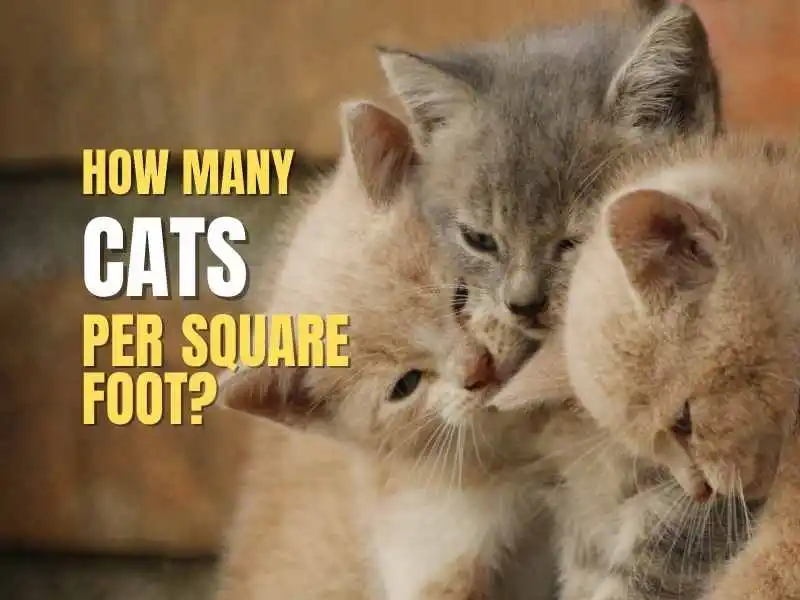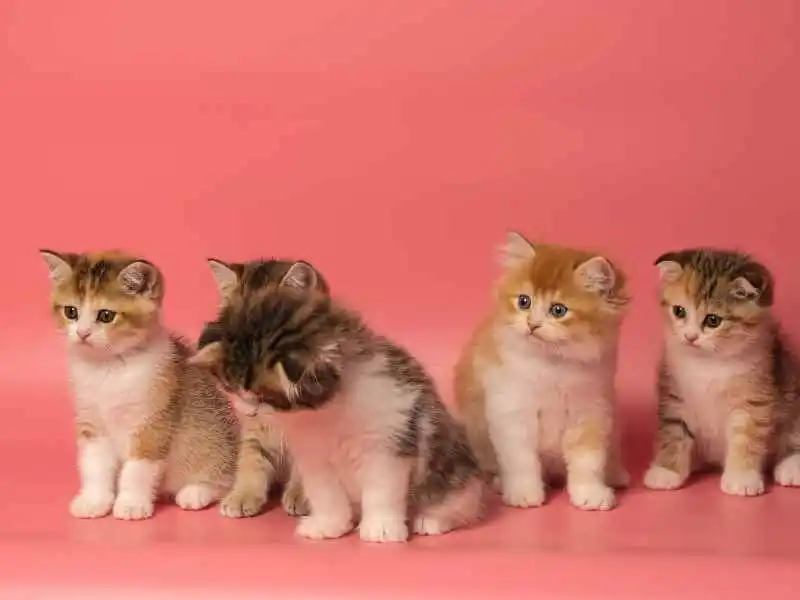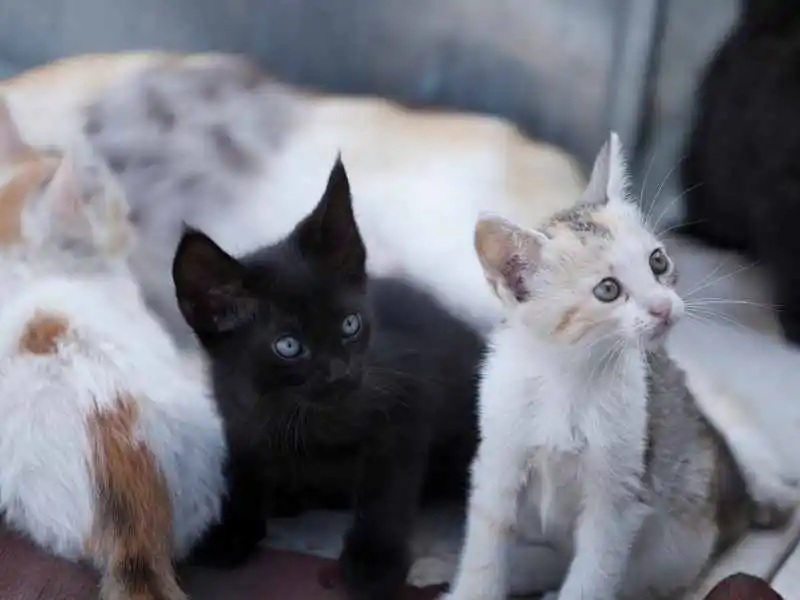The most significant argument of the cat world: “How many cats are too many for your living space?”. If you are here, you know how important this question is for any cat owner. As much as we adore the little furry babies, we can’t have them all.

As humans, it’s natural to assume that pets, like all animals, want freedom. The more space they have, the better. However, the space requirements for a cat are not what you expect. Cats are incredibly versatile pets; they are keener on the layout of your living space or house than the space.
The idea of spacing and cats differs from person to person. However, according to ASPCA, an average domestic cat needs a minimum of 18 square feet. Even the tiniest of houses have that much space. Cats are more fascinated by the grooves and angles of a home.
By grooves and curves, we mean geography and structure; cats love climbing, jumping, and hiding when stressed and retreating. If a house cannot provide this, an expansive open room can make them feel more exposed and vulnerable.
How many square feet does a cat really need?
The amount of space largely depends on your cat’s breed, size, weight, health, and age. In addition, some species of felines are more responsive and energetic than others. Hence, an active, playful cat requires more space to jump around and play.
ASPCA typically recommends 18 square feet for an average domestic cat. However, if you want to adopt another, you need extra room to accommodate. Cats like to ‘zone.’ They like marking their territory and feeling secure in it, just like humans with their boundaries and need for personal space.
Therefore, you need to create zones for your cats, a place they can hide in and call their own. Hiding for a retreat is what helps them stay playful.
The ASPCA formula to break down space for multiple cats:
- Measure out the length and the width of your room in feet
- Multiply length with the width in feet
- Divide the answer by 18
- The answer will tell you how many cats can comfortably live in a home or space.
Example: A 10×10 feet room is suitable for five cats, given that the temperament of your cats is playful, and the space has a good layout.
Cats in small spaces

Believe it or not, Cats are happier in apartments. It’s all about comprehending their behavior as an animal. Cats reserve their energy for controlled bursts that last for a shorter time. These bursts are a part of their instinctive behavior since cats live to hunt. They reserve the power to stalk their prey when needed.
Therefore, cats find contentment and a sense of security in confined spaces. Apartments can provide ample hiding spaces for a cat, like shelves, furniture nooks, and much more. Make sure the communal area for your cat is at least 18 square feet.
Something interesting to note here is that a cat’s background and upbringing matter greatly. For example, if a cat is used to roaming outdoors freely, cooping it up inside a small space might lead to destructive behavior patterns.
Cat breeds that do well in small spaces:
- Birman
- Ragdoll
- Burmese
These are affectionate lap cats. They care less about space and more about cuddles. They love to curl up in your lap and relax.
Cats in open spaces
Unlike people, space is not the first thing that intrigues a cat in a home. Have you ever seen your cat in a cardboard box? They are irresistibly happy in them. Felines like to remain hidden and unexposed. Open spaces with no hiding spots make them feel uncomfortable and vulnerable. According to Romper, cats thrive in small, enclosed spaces.
Cats have desert-dwelling ancestors and have a higher body temperature than humans. Hence, smaller spaces keep them warmer, while wide-open rooms make it harder to warm up for them.
Despite all that, it does not mean cats refuse to live in wide spaces or homes. They need their needs to be taken care of. Make cozy hiding spots for them, and they will do just fine!
Cat breeds that are indifferent to the size of space are:
- British Shorthair
- American Shorthair
Outdoors
PETA believes all cats should be kept indoors. However, a yard is excellent if your cat likes to roam outside. Outdoors are not all bad. It gives them a chance to play and sunbathe.
If you have multiple cats, an outdoor area is a must. It can be an easy escape if one of the cats is stressed out. It also encourages timid cats to be more independent.
Spare rooms
Cats do not need space of their own, but a dedicated room does have benefits. First, they can claim it as their own territory. You can feed them in that room because they like privacy while eating, and even build a cat gym!
However, spare rooms aren’t a need for cats. If you want your cat to have one, you can always give one to each. Then, your cat will have somewhere to escape when feeling overwhelmed.
How to tell if my cat needs more space?

Cats have many qualities but being expressive is not one of them. To understand what your cat is trying to tell you fully, you must learn its body language and behavioral patterns. These are the warning signs that your cat is in stress due to lack to lack of focus:
- Your cat urinates and sprays outside the litter box
- It is always hiding in furniture or under the bed
- Destructive behavior like scratching furniture
- Excessive grooming or scratching itself
- Your cat runs as soon as a window or door opens
This is something vital to keep an eye out for. Often, cats get depressed due to lack of space and fall ill. Unfortunately, most cat owners never see the signs.
Cats are not just pets, they are like babies to us. Animals have their own unique way of living.

